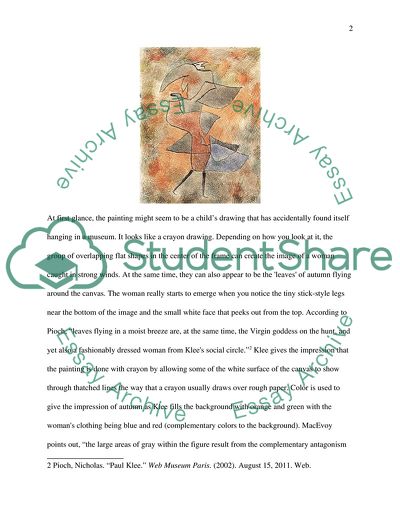Cite this document
(“Modern Art in the 20th Century Essay Example | Topics and Well Written Essays - 2000 words”, n.d.)
Retrieved from https://studentshare.org/visual-arts-film-studies/1578915-modern-art-in-the-20th-century
Retrieved from https://studentshare.org/visual-arts-film-studies/1578915-modern-art-in-the-20th-century
(Modern Art in the 20th Century Essay Example | Topics and Well Written Essays - 2000 Words)
https://studentshare.org/visual-arts-film-studies/1578915-modern-art-in-the-20th-century.
https://studentshare.org/visual-arts-film-studies/1578915-modern-art-in-the-20th-century.
“Modern Art in the 20th Century Essay Example | Topics and Well Written Essays - 2000 Words”, n.d. https://studentshare.org/visual-arts-film-studies/1578915-modern-art-in-the-20th-century.


